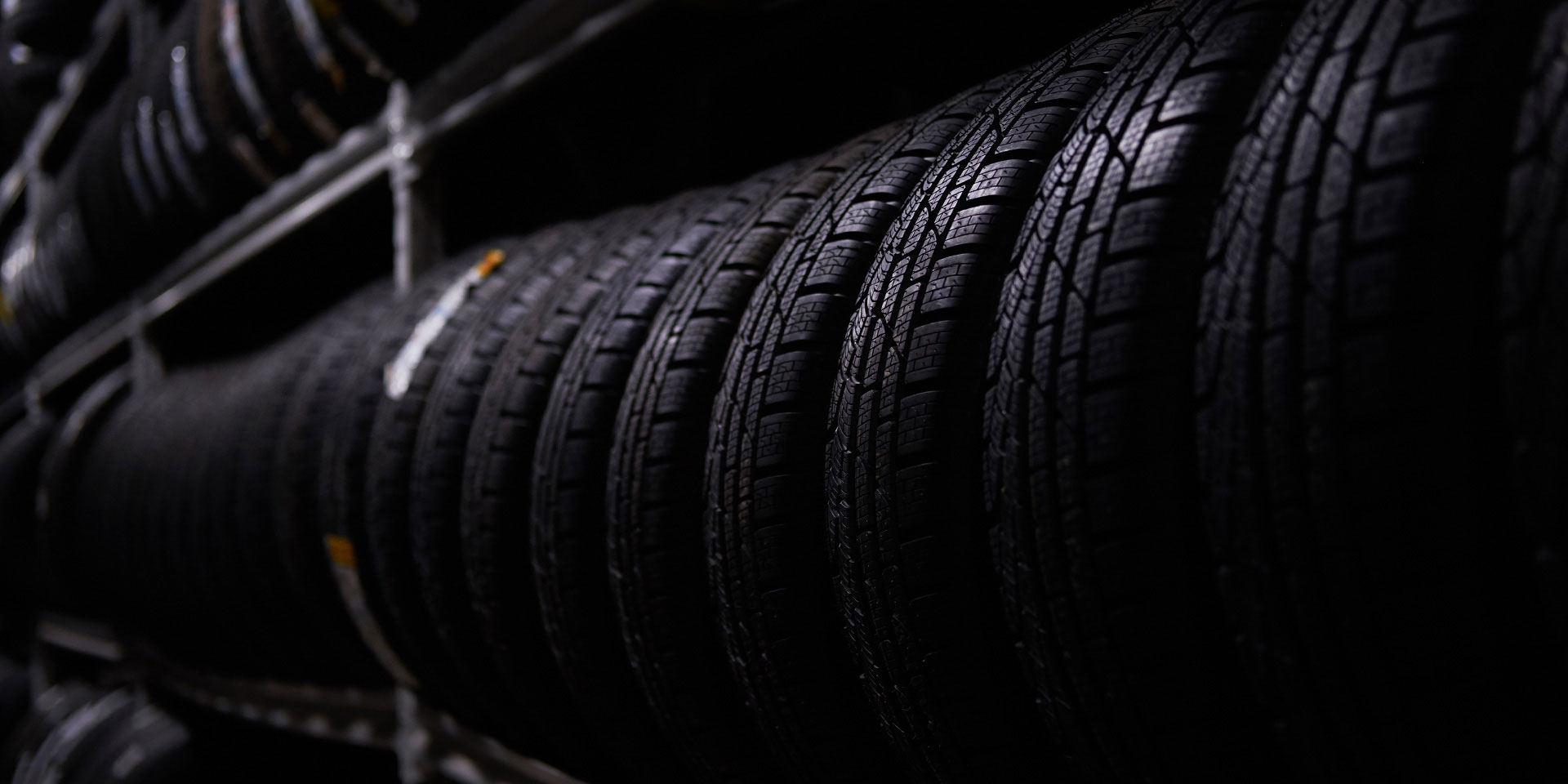Raw rubber, a versatile and essential material in various industries, is harvested from the Hevea brasiliensis tree, commonly known as the rubber tree. This natural product serves as the foundation of many everyday items, ranging from tires and footwear to medical equipment and household products. Let's delve deeper into the fascinating journey of raw rubber, from its extraction to its myriad applications.
Extraction Process:
The process of obtaining raw rubber begins with tapping latex from rubber trees. Farmers make incisions on the tree's bark to release the milky white latex, which is then collected in cups attached to the trees. The latex, composed mainly of rubber hydrocarbons, proteins, and water, is subsequently processed to ensure it achieves the desired consistency and strength.
Processing and Curing:
After collection, the latex undergoes various processing steps to transform it into usable rubber. These processes typically involve the addition of chemicals and the application of heat to coagulate the latex, separating the rubber solids from the water. The resulting material is then shaped into sheets or rolled into blocks for transportation to manufacturing facilities.
Manufacturing and Applications:
Upon reaching manufacturing facilities, the raw rubber undergoes further processing to create diverse products. In the automotive industry, raw rubber is utilized in the production of tires, providing essential grip and durability on the road. Additionally, industries such as footwear, construction, and healthcare rely on raw rubber for manufacturing purposes, showcasing its versatility and importance across different sectors.
Sustainable Practices:
As environmental awareness grows, sustainable practices in raw rubber production have become increasingly crucial. Initiatives such as sustainable sourcing, responsible farming methods, and recycling programs aim to minimize the environmental impact of raw rubber production. Furthermore, technology advancements continue to drive innovation in creating eco-friendly alternatives to traditional rubber materials.
Future Prospects:
Looking ahead, the future of raw rubber holds promise for further advancements and applications. Researchers are exploring ways to enhance the properties of rubber through molecular modifications, paving the way for new uses in industries such as electronics and aerospace. Additionally, the integration of raw rubber with other materials in composite products offers exciting possibilities for lightweight and durable solutions.
Conclusion:
In conclusion, raw rubber stands as a cornerstone material with a rich history and a bright future. From its origins in the rubber tree to its indispensable role in modern industries, raw rubber continues to shape our daily lives in countless ways. As we navigate towards a more sustainable and innovative future, raw rubber remains a resilient and adaptable resource, symbolizing the inseparable bond between nature and human ingenuity.



